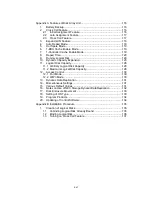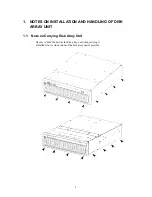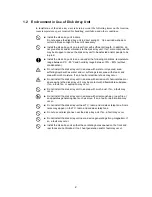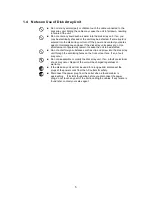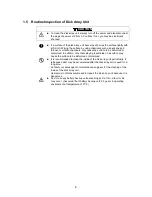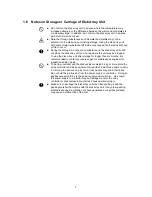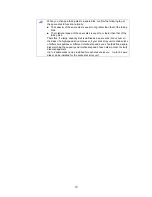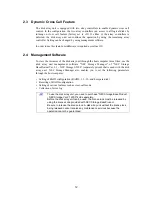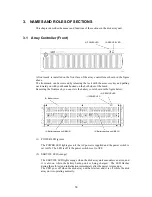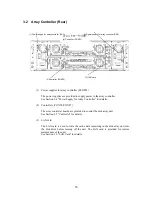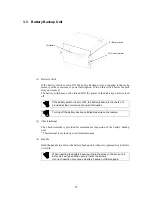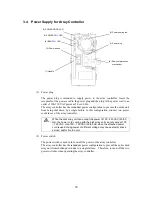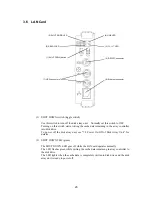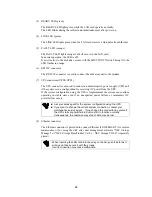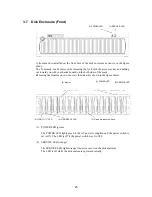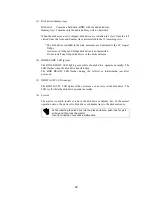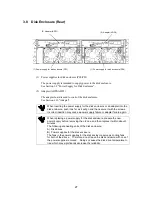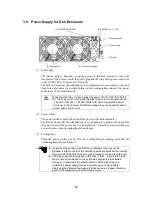
13
2.5 RAID
Configuration
The RAID configuration in the array controller can be used in the combinations shown in
the table below.
RAID level
RAID0
RAID1
RAID5
RAID10
Number of logical drives in configuration 1, 3, 5, 10,
15
1+1
2+1 to 14+1 2+2 to 7+7
Number of logical drives per subsystem
1,024 max.
When additional 36-GB
disk drive is used
35.7 to
536.1 GB
35.7 GB
71.4 to
500.3 GB
71.4 to
250.1 GB
When additional 73-GB
disk drive is used
71.6 to
1074 GB
71.6 GB
143.2 to
1002 GB
143.2 to
501.2 GB
Storage
capacity per
logical drive
When additional 147-GB
disk drive is used
142.9 to
2144 GB
142.9 GB 285.8 to
2001 GB
285.8 to
1000 GB
* A combination of disk drives of the same capacity and same rotational speed is
required for configuring logical drives.
The RAID levels have the following characteristics.
Level Function
Advantage
Disadvantage
RAID0 Striping
Highest data read/write rate
Maximum storage capacity
Data recovery disabled
(Fault in a single disk
drive causes data to be
lost.)
RAID1 Mirroring
Data recovery enabled
Low-speed data writing
All data is written to two
disk drives.
Minimum data recovery time
The storage capacity is
equal to that of disk drive.
Therefore, two disk drives
are required.
RAID5 Striping of data and
redundant data
Data recovery enabled
Three or more disk drives
are required.
Larger capacity is available for
users because the capacity of
redundant data is smaller than
that of RAID1.
High-speed data read
RAID10 Use of both mirroring
and striping
Data recovery enabled
Four or more disk drives
are required.
High-speed data read/write
The required storage
capacity of disk drive is as
twice as the configured
storage capacity.
Summary of Contents for NF2300-SR412E
Page 7: ...v ...
Page 8: ...vi ...
Page 9: ...vii ...
Page 10: ...viii ...
Page 63: ...45 ...
Page 65: ...47 Sample configuration 2 NF2300 SR4xxE NF2300 SP02E ...


